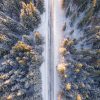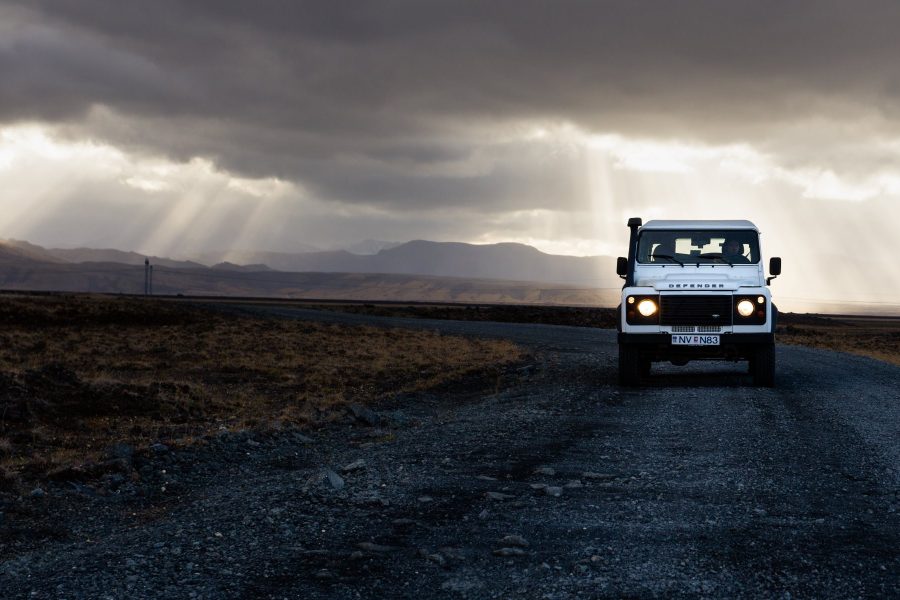Last Updated on 2 February 2021.
[dropcap]G[/dropcap]IS is the abbreviation for Geographic Information Systems. Nowadays it is more commonly known as GIScience (Geographic Information Science) as the field consist of more than just the management of geographic information systems. What complicates matters even more is that the GIS field is referred to as Geoinformatics in Europe.You are probably using GIS products without even knowing. Have you ever used one of the following? If you have, then you had an interaction with GIS.
- Navigation – Google Maps, Apple Maps, Garmin Maps
- Satellite Imagery – Google Earth
- Location-based Advertisements – Facebook, Google en ander webwerwe
- Any GPS-enabled device. GPS technology was one of the breakthroughs of the last century and led to masses of location-based data.
GIS is one of the biggest technologies of the fourth industrial revolution.
So what is GIS really?
To give a single definition for GIS is difficult, partly because the profession is so wide. The GIS field covers two areas:
- Traditional GIS: The use of digital maps consisting of points, lines and polygons to represent the earth’s surface. If you want, you can also print these digital cards to get a paper map.
- Remote Sensing: The use of sensors to observe an object over a distance. Usually it involves photos taken by satellite, aeroplane or drone. Analysis of satellite and aerial photographs can show many interesting things.
Both of these areas are equally interesting to me, although the world is currently more interested in remote sensing for use in fields such as precision farming.
Where is GIS used?
Enough definitions – here are some examples where GIS is used. And there are still many others not mentioned here!
 Nowadays, farmers can raise returns by using GIS. Crop farming uses GIS most, as satellite and aerial photographs can indicate the health of land, vines and orchards. Modern tractors and implements use GPS receivers that can give location accurate to a few centimetres. It allows these tools to plow evenly, and to apply the correct amount of spray depending on the speed at which the trigger moves.
Nowadays, farmers can raise returns by using GIS. Crop farming uses GIS most, as satellite and aerial photographs can indicate the health of land, vines and orchards. Modern tractors and implements use GPS receivers that can give location accurate to a few centimetres. It allows these tools to plow evenly, and to apply the correct amount of spray depending on the speed at which the trigger moves.
It is also possible to do multi-criteria analysis and to create such a map of areas in which certain crops will grow. In my second year at university we had to determine where perennial crops in the Western Cape would be able to grow.

In South Africa, which has the world’s 10th longest road network, there are usually more than one route you can take when travelling. What makes things harder is that travelling time does not only depend on distance, but also on traffic. Google Maps, Apple Maps, Garmin Maps, and TomTom Maps all take this into consideration when using it for navigation.
Not only is GIS used when you take out your GPS for vacation, but also by companies like Mr Delivery, Uber Eats, Uber and all logistics companies. Aprt from traffic, more advanced geographic information systems also include turns when computing directions. In South Africa we drive on the left-hand side of the road, so it takes longer to turn right at a robot than to turn left. Some transport companies take into account when route directions are calculated.
And what about cars that manage themselves? Yep – GIS plays a role even here. Self driving vehicles use RADAR to look for a collision and LiDAR sensors help understand what is happening in the area around the vehicle.

In business, decisions are always needed to ensure that the business can survive and grow. Location-related decisions can be taken using GIS. Not only can GIS help you identify patterns on a map, but it can also help to make big decisions like where to open your business. When you want to expand your business and open a new branch, data such as population density can be used to determine where most buyers will be. With GIS specialist software you can even set your market share target and the software will tell you where and how many branches you need to open.
If you want to open a store in a shopping center, you can determine in advance which areas more people move in and open your store in one of those areas.

In terms of the relationship between human, plant and animal, GIS also plays an important role. In 2017, the Kruger Park established a system in partnership with Peace Parks Foundation, which identifies poachers using RADAR remote sensing technology. RADAR is an active sensor which means that it does not need daylight to “see” – instead it transmits its own energy pulse to detect objects.
In my honors project that I completed this year, I used LiDAR (similar to RADAR, but instead of radio waves it uses light waves) to determine the health of plantations. In my MSc project (2019 and 2020) I will look at the invasive Prosopis tree which is a major problem in the Northern Cape. I will determine the distribution and density of the specie using satellite imagery.
These are just four examples of fields in which GIS can come in handy. GIS is also used by other fields such as:
- Urban and regional planning: Where is what, where to expand…
- Mining: Mineral compositions, volumes…
- Maritime: Shipwrecks, sea depth measurements…
- Real estate: 3D scans of houses, market value analysis, visibility…
- Telecommunication: Where to place cellphone towers…
- Other fields such as weather forecasts, tourism, computer games, insurance, hydrology, medical, geology and engineering.
Hopefully you realize that GIS is part of everything and that it is a wonderful new field that can help human beings to solve problems. For further uses, please read the article 1000 GIS Applications & Uses on the GIS Geography blog.





